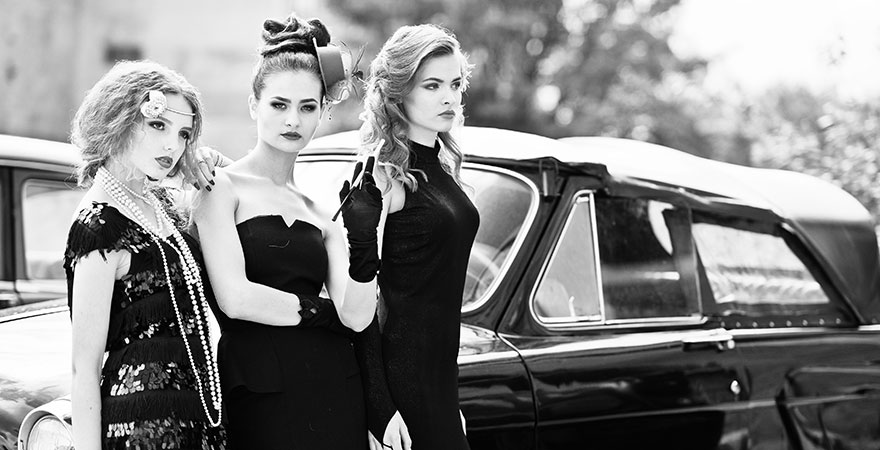Luxury: How It Began and Where It’s Headed
Mediums such as Instagram give a glimpse of other people’s lives and you can’t fail to admire the trappings of other people’s lives, from photos of exotic vacations to doe-eyed dogs, curled up on plush duvets and artfully arrayed homegrown tomatoes. Unfortunately, in most cases, you feel lacking in comparison.
What about luxury makes us crave it, and how did we get here?
While luxury goods have been around for a long time and have been symbols of power and status, the notion that possessing something expensive or superior to the other person next door is attractive took time to catch on.
Luxury was frowned upon
Back in Roman times, people were concerned with the disruptive nature of excess and gratuitousness. The roman officials even came up with a registration that specifically limited the amount of money people could spend on luxurious items, whether partly or all made in Italy.
This perception wasn’t unique to Rome. Despite its exquisite status, Ancient Greece frowned upon meat consumption. Fish, for example, was extremely expensive, and anyone that ate it was termed wasteful and was often shunned in society. If you wanted to keep friends, you had to avoid meat, even if you could afford it.
If you lived in Britain during the middle ages, having an expensive item was considered bad. At that time, the term luxury was derived from the French word “luxurie,” which meant “debauchery” and “lust.”
Indulgent goods such as wine and spices were costly to import and were a reserve for the highly privileged.
Clothes received the most attention in Britain, and the Britons developed systems that stipulated which classes could wear what.
Things took a turn in the 17th century.
The 17th and 18th centuries are known for four main things: industrialization, rising urbanization, equal rights, and belief in freedom.
The liberalism during this period provided an economic rationale for luxury as a way to create wealth for everyone, and as a result, luxury began losing its negative connotation.
Due to democratization, globalization, and increased earning power, luxury was no longer a selection for the small elite in its isolated world—now, it was accessible to a broader audience.
For example, automobiles, which were extremely expensive to produce and unaffordable for many people, became cheaper to produce due to technologies such as mass production and assembly lines.
Luxury and its new, covert language
From the 20th century onwards, the exclusivity and total isolation of the luxury world began to diminish. While this is good, as luxury is no longer a reserve for a small elite, a major downside is the fear of vulgarization. This is because the growing availability of luxurious goods significantly dilutes the perceived value of the products.
With the increased access to luxurious items, the internal function of social stratification is also disappearing or losing the strength it had before.
Social stratification evolves from connections and balance between society and individuals, and it was highly manifested in the existence of royals—kings and queens. In a structured society, the luxury products were a sign of inequality and the different levels and hierarchies.
Although the social structures have changed over time, people still have internal needs for social differentiation or stratification.
Currently, no rules, strict hierarchical codes, or reference points must be followed to create stratification. This means that what one terms a luxury tells a lot about the person or society in question.
To most people now, the idea of luxury is defined less by expensive possessions but by a set of cultural values.
This is not to say that people have gone back in time and are uncomfortable with wealth. No. This is because material goods are no longer a clear sign of one’s social position. They also aren’t a good conduit to reveal knowledge or cultural capital.
The “new elites” are no longer buying high-end brands. Instead, they have cultivated a value system based on environmental, social, and cultural awareness. We can term this system as forever luxury, which has proven to be an excellent way to reveal one’s social position.
Instead of displaying top hats and heels from luxurious brands, they are going for signifiers that reveal their values and intellectual depth.
The definitions of luxury keep changing, and experts project that the luxury market will be heavily fuelled exclusively by people’s “emotional connections.” Brands have adopted by including stories in their products but it’s hard to tell whether things will remain this way. All we can do is wait and see.

